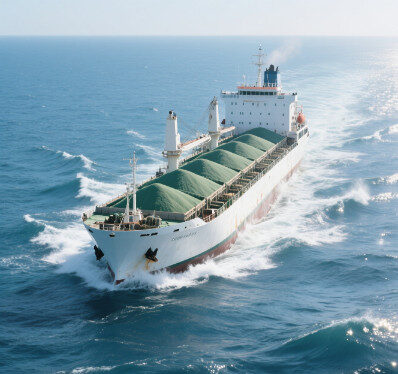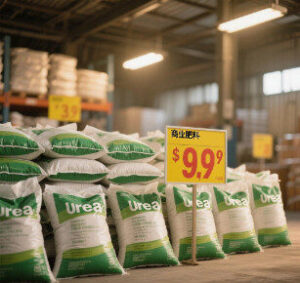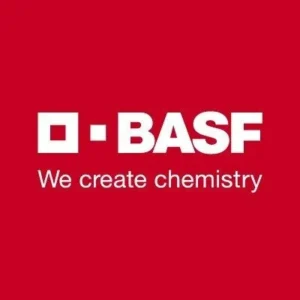According to customs data, China’s fertilizer exports surged in July 2025. Shipments reached 5.704 million metric tons, marking an impressive 85.7% year-on-year increase. The export value soared to $2.083 billion, up 134.6% from the same month in 2024. Conversely, imports decreased by 5.0% to 7.615 million tons, valued at $2.429 billion (-10.6%). These figures underscore China’s pivotal role in the global fertilizer market, which is driven by a complex interplay of demand dynamics, policy adjustments, and industry advancements.
Global Demand Fuels Export Boom:The surge reflects the robust agricultural expansion in key regions, such as Southeast Asia, Latin America, and Africa. In these regions, the need for food production has intensified fertilizer consumption. China’s exports filled these market gaps, especially as South America’s crop acreage increased and demand for replenishment grew. Additionally, Chinese fertilizers became more competitive due to price advantages abroad. The government’s 2025 export policy prioritizes domestic supply but allows “controlled exports.” Coupled with shorter customs inspections (within 15 days) and wider price differentials (e.g., a $1,707/ton gap for MAP), this policy incentivizes enterprises, particularly those holding export quotas, to capitalize on overseas profits.
Domestic Capacity and Policy Synergy: Strategic quota allocation concentrated in the peak season from May to September balanced domestic and international supply. Meanwhile, China’s fertilizer industry, particularly NPK compound fertilizers, has increased efficiency and production scale, allowing for large-scale exports. Streamlined logistics and customs processes further increased competitiveness by reducing costs and turnaround times.
Import Decline Reflects Self-Sufficiency and Policy Shifts: Domestic technological advancements and capacity expansions, particularly in urea and phosphate fertilizers, have reduced the need for imports. The Ministry of Commerce’s 2025 tariff quota of 13.65 million tons (3.3 million tons of urea, 6.9 million tons of DAP, and 3.45 million tons of compound fertilizers) also reshaped import strategies by favoring domestic resources. Additionally, global price volatility in raw materials (e.g., sulfur and potash) discouraged imports and encouraged local sourcing.
Industry-Wide Implications: Export-driven profits have increased margins for major companies like Yuntianhua and Yajia International, which could accelerate consolidation. China’s dominance as a supplier to Southeast Asia and Latin America is solidifying, balancing domestic needs with global influence. Meanwhile, the scarcity of phosphate ore (driven by declining grades and import constraints) is prompting companies to venture into high-margin sectors, such as lithium iron phosphate, thereby enhancing their resilience. However, risks persist. Overseas policy shifts, input price fluctuations (notably potash), environmental regulations, and threats of overcapacity require vigilant monitoring.
- Exports: 5.704 million metric tons (+85.7%), US$2.083 billion (+134.6%).
- Imports: 677,000 tons (-0.2%), US$248 million (-0.1%).
- Cumulative (Jan-Jul): Exports 22.831 million tons (+45.7%), US6.151billion(+49.36.151 billion (+49.3%); Imports 7.615 million tons (-5.0%), US6.151billion(+49.32.429 billion (-10.6%).
Outlook: China’s fertilizer sector has demonstrated resilience through aligning with global demand, implementing precise policies, and improving supply chain efficiency. Future success depends on balancing “stable domestic supply” with “international expansion,” managing geopolitical risks, and prioritizing sustainability to promote high-quality growth.
Sources: General Administration of Customs, China Commercial Industry Research Institute, Ministry of Agriculture and Rural Affairs, and GuanYan Insight.









